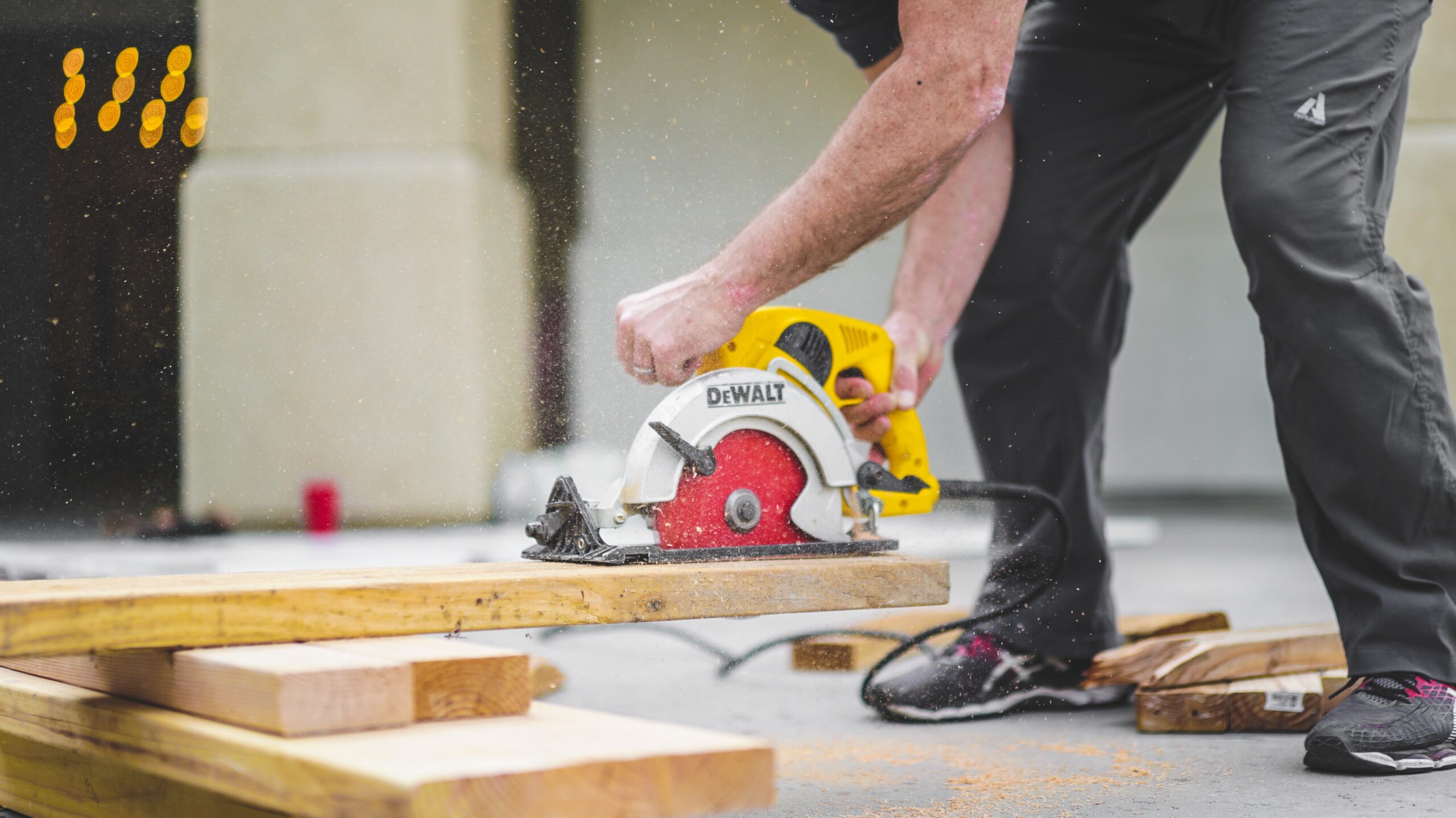Have you recently noticed a damaged area of foundation or siding on your home? If your home is an older property or was poorly maintained before your arrival, chances are your home may be suffering from dry rot. Dry rot can cause great damage to a home if left untreated. One of the many reasons this type of fungus is so dangerous to a home is because it can not only easy spread from one wood beam to the next, it can also spread through masonry materials. Read on to learn more about detecting dry rot and how to prevent it in the future.
What is Dry Rot?
Dry rot fungus is the result of excessive moisture collecting on a wooden structure in the right conditions. Despite its name, the only thing dry rot needs to flourish is moisture, a wooden surface and warm temperatures. If left untreated, the overall strength and stability of the structure can be greatly compromised. Once the dry rot has been identified, it is important to not only address the area that is damaged, but you will also want to find out where the moisture is coming from so it does not become a continuous issue.
The dry rot fungus goes through a variety of stages once it has become established. Visual stages of dry rot include darkening of the wood, a crumbling appearance, gray strands within the wood that later turn into cotton or wool-like cushions as it strives to spread. The final stage of the dry rot will develop “fruiting bodies,” a mushroom-like appearance.
When it comes to preventing dry rot, there are a number of steps you can take to protect your home. You want to be sure that moisture is being driven away from your home, not collected.
Areas to investigate on a regular basis:
- Be sure your siding is properly installed
- Have your roof inspected on a yearly basis for damage
- Be sure your gutters, downspouts and drains are clear of debris
- Ensure that crawlspaces, bathrooms and attic are properly ventilated
- If you have a sprinkler system, be sure none of the nozzles are spraying directly on the exterior of your home
Damaged or clogged gutters will aid in water pooling near the foundation of your home. The best practice is to inspect your gutters twice a year, once in the early summer and once in the early fall, to be sure they are clean. If you have a lot of trees on your property that shed leaves during the fall, you will definitely want to make checking your gutters a priority. If it has been a while since you have had your roof or gutters inspected, contact our team today and we will be happy to assist you! Exterior Remodel & Design offers full roof services to our Omaha, Lincoln, and Council Bluffs residents and commercial businesses. From roof repairs to design and installation, we can do it all!

